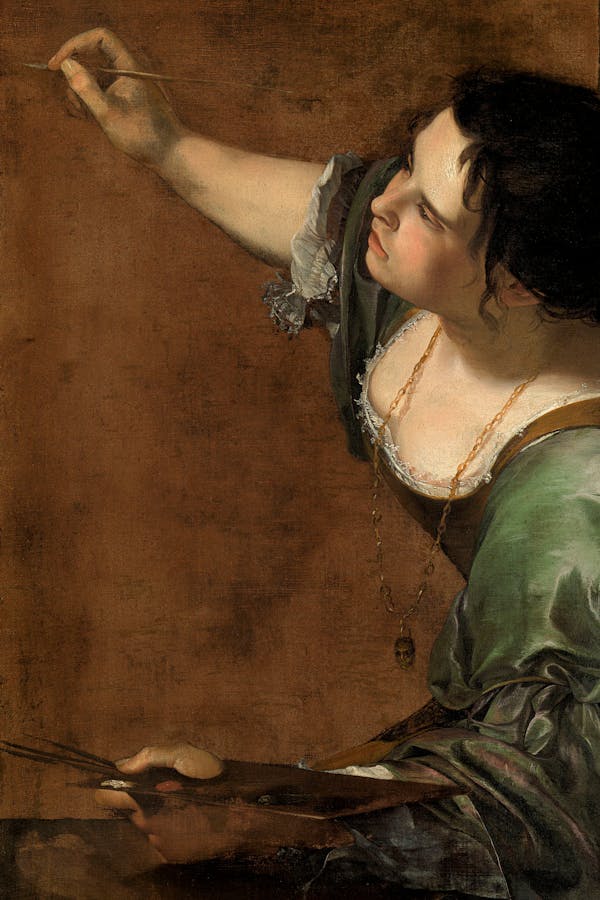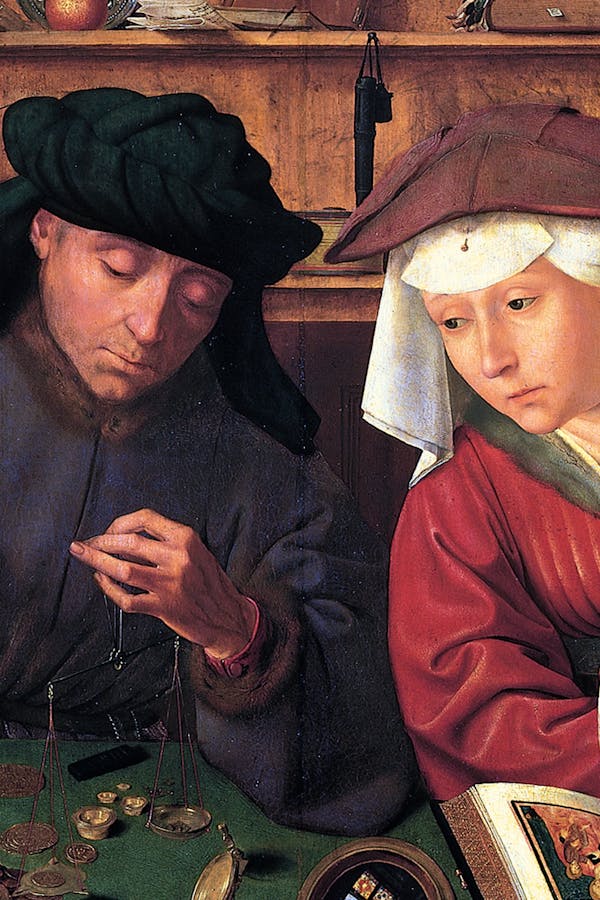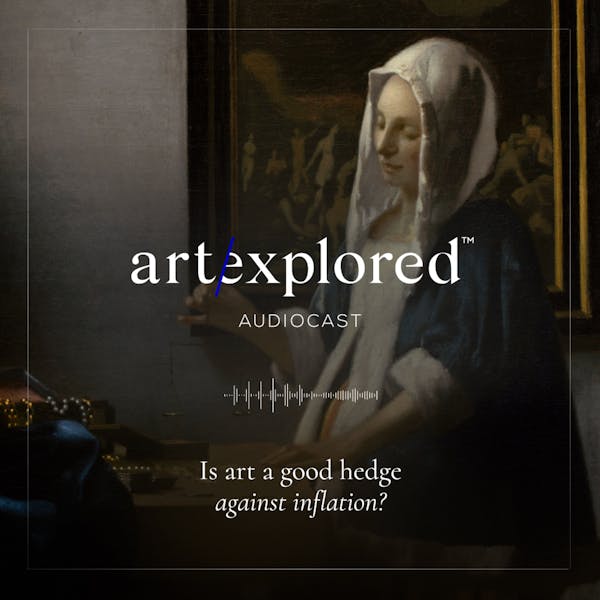Fraternal patronage sparked Monet’s rise to fame
Claude’s brother, Leon, is lesser-known but a vital player in the history of Impressionism
By Tahney Fosdike
With “piqued curiosity,” curator and 19th century painting specialist Géraldine Lefebvre discovered that French artist Claude Monet’s career was in sync with the privileges afforded by his brother Leon, whose name she saw “here and there but not much else.” But through her research, he quickly lost his status as a historical footnote. Like Lefebvre’s own interest in his little-known name within the history of Impressionism, Leon also had a desire to make visible the movement’s once unknown artists. Lefebvre’s exhibition at the Musée du Luxembourg in Paris titled Leon Monet. Brother of the artist and collector (15 March-16 July, 2023) placed Claude and other Impressionist artists’ forward trajectory within the orbit of their advocate, Leon.
In 1856, Claude met Eugène Boudin, an artist also local to Normandy. Later, Claude would say, “If I have become a painter, it is entirely due to Boudin.” 15-year-old Claude had been selling caricatures of locals, which Boudin encouraged him to abandon to fill notebooks of nature sketches. The older artist also introduced Claude to painting en plein air, a practice eventually leading to his Impressionism, Sunrise (1872), a painting cornerstoning the Impressionist movement. Its scene – the seaside in Le Havre, Claude’s hometown – also appeared in his The Beach at Sainte-Adresse (1864). The painting, marking the site of their shared childhood, belonged to Claude’s older brother. Leon often purchased works by Claude and other Impressionists (his collection formed the Musée du Luxembourg exhibition), including his younger brother’s sketchbooks. At the exhibition, they revealed a note: “Childhood memory, to my dear brother.”
Familial cornerstones precede and, maybe, counterbalance Claude’s other art world entry points. Though, less sentimentally, the Monet brothers had their conflicts. Leon rejected Claude’s 1874 portrait of him (for reasons unknown) and never displayed it. Lefebvre showed it for the first time publicly at the Musée du Luxembourg: Claude’s portrayal of his brother with blushed cheeks, a gently expressive man, finally seen alongside the early Impressionists as the kind, pragmatic patron they needed.
Claude needed an enabling sibling like Leon. The artist once said, "Never, even as a child, would I bend to a rule.” Lacking compromise for art, he refused to join the family business. In Paris, Claude often left his sick wife alone all day to paint outside and attempted suicide due to financial and art world worries. With Claude’s troubles in art came blessings, thanks to his brother. At an early Impressionist auction in 1875, Leon bought his work, and that of fellow artists, spiking Claude’s prices when he had little clientele (or money and food). Claude needed to benefit from such “principles of popularity” at a time when the art world rejected Impressionism; Leon’s attention helped buoy the starving artist’s reputation into, what would be, lasting cultural affection.
Along with Leon’s patronage, other forces carried Claude and other early Impressionists along as they forged new paths. Amid shifting demands of modern life, caused by the Industrial Revolution and Haussmann’s renovation of Paris (though lovingly captured in Impressionist works like Pierre-Auguste Renoir’s Paris, The Institute at the Quai Malaquais (1872), the artists often left their city. They took advantage of new railway lines with practices more portable than ever due to popular innovations: the collapsible paint tube, French easel, and the pochade box. Claude, and his peers, became transient.

Their outside-the-studio, in-nature environments often intersected with the Monets’ coastal family homes and favourite places in Honfleur, Étretat, and Les Petites-Dalles. Leon, their frequent host, manoeuvred their activities toward merit; he directly funded Claude and continued to collect Impressionist works, despite a lack of institutional interest. Claude and others’ palettes also took artistic fame from Leon, a colour chemistand Industrialist forming part of a revolution in synthetic textile dyes. Up to 80% of Impressionist works used Leon’s new, more vivid colours, including Monet’s infamous green seen as early as Camille (1866).


The work of Claude and his peers continued to place themselves in proximity to their ally. Camille Pissarro, a Danish-French Impressionist and Neo-Impressionist painter that had set up his easel at sea while visiting Leon in Normandy, also came to his friend’s home in the French city of Rouen in Normandy in 1883. He sketched the town, with the brown murkiness of The Stone Bridge and Barges in Rouen (1883) less electric than other Impressionist landscapes, like the bright white and blues of Sisley’s Road to Louveciennes, Snow Effect (1874). Though, unlike Pissarro’s attention to its industrialisation, Claude, at first, didn’t often come to his brother’s city. In 1892, some 20 years after his last visit, he stayed and mediated the damp, grey city. The peachy yet shadowy General View of Rouen(1892) features the cathedral he would repetitively paint in an ongoing series between 1892-1894.


The nature-loving artist that became obsessed with a landmark in his brother’s hometown went on to say, “Everything changes, even stone.” Sibling love, too, is malleable. Lefebvre’s exhibition is fresh, despite Claude being a well-covered artist, as historians long thought the brothers estranged. But only in the later years did they drift apart. In the early 1900s, family and work interlinked (as was the Monet way). Exposed to chemicals at Leon’s factory, Claude’s son Jean contracted a fatal respiratory infection. Leon’s daughter Adrienne suffered from the same illness, and Leon blamed Jean for spreading it. The brothers might have never spoken again.
Contrasting with the timeless and calming appeal of gazing at Claude’s works, the artist, as Peter C. Baker wrote for the New Yorker, existed “in the actual world, always shifting… with all the complications and constraints that existence in the world entails.” Claude wrote to Leon’s widow, following his 1917 passing, “I regret not being able to see my brother one last time, and tell him to forget everything that took us apart.”
Françoise Cauvin, Leon’s granddaughter, who adored her uncle Claude, eventually corrected their disrupted affection trailed by historical absence. She posed for a photograph with Claude’s portrait of Leon at her 1950s wedding and made a wish before her 2017 death: that her uncle and grandfather’s bond, along with their portrait, resurface. At the Musée du Luxembourg, their trust in one another became tangible again. Research into Leon is young, though its representation real: a network’s care and commitment – financial, emotional, scientific – sustains artists. Leon’s support, Françoise’s request, Lefebvre’s curiosity, and whatever follows, make this symbiosis continue to turn
Read more
Listen to audiocasts
Discover more artists











